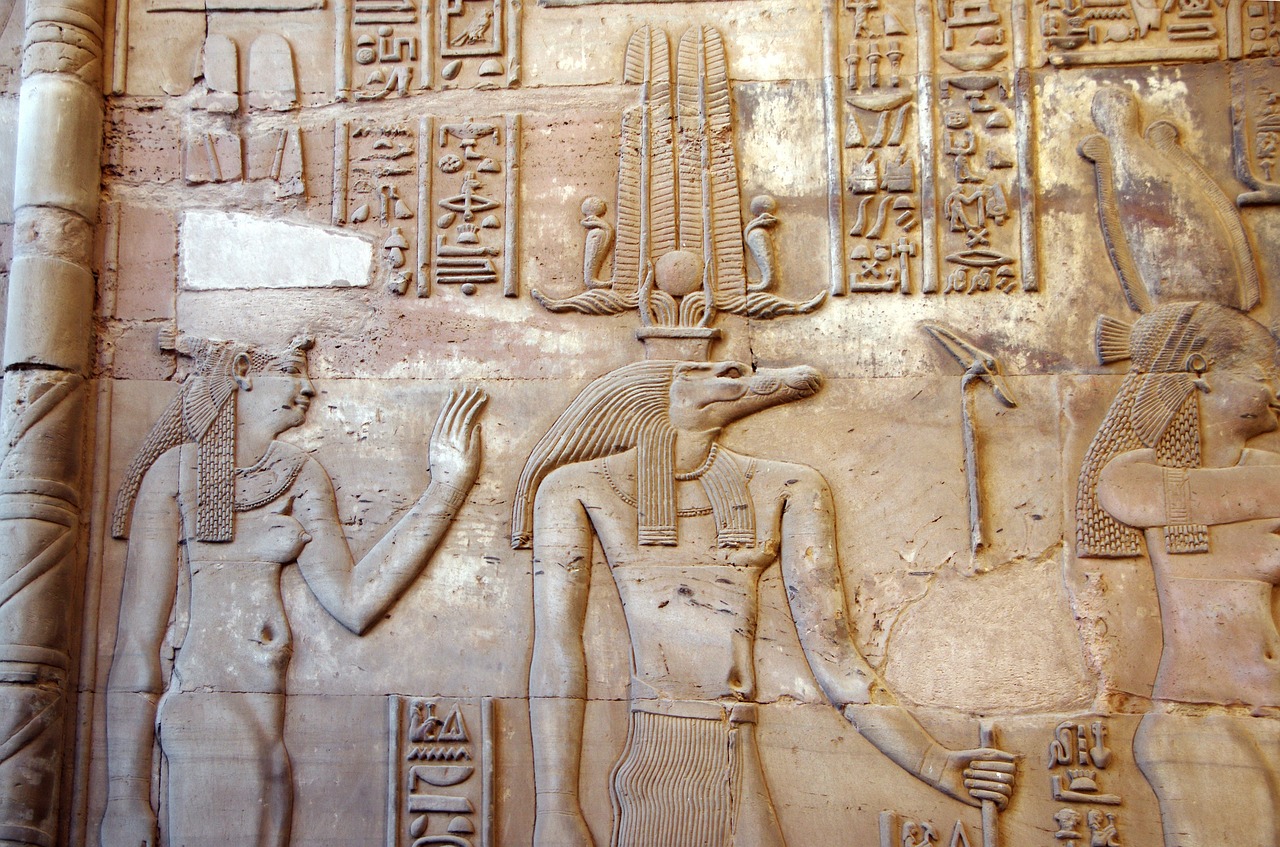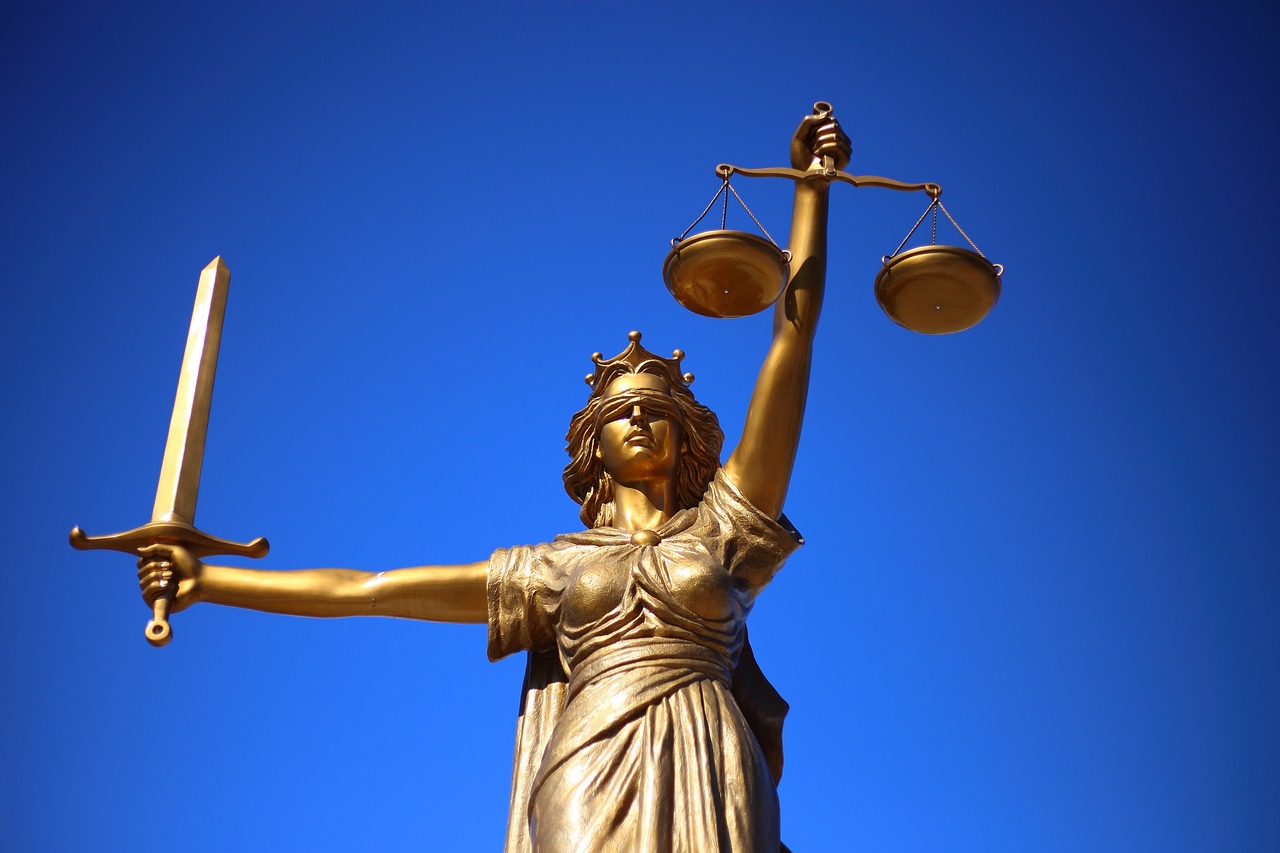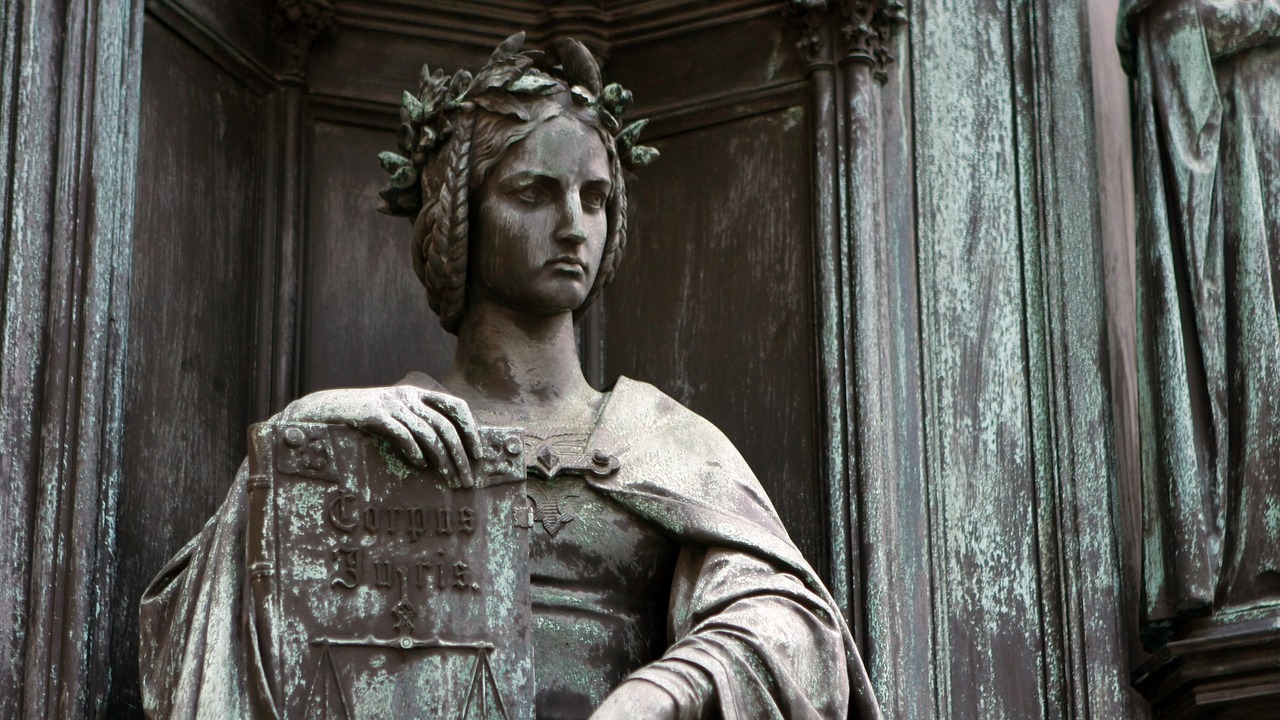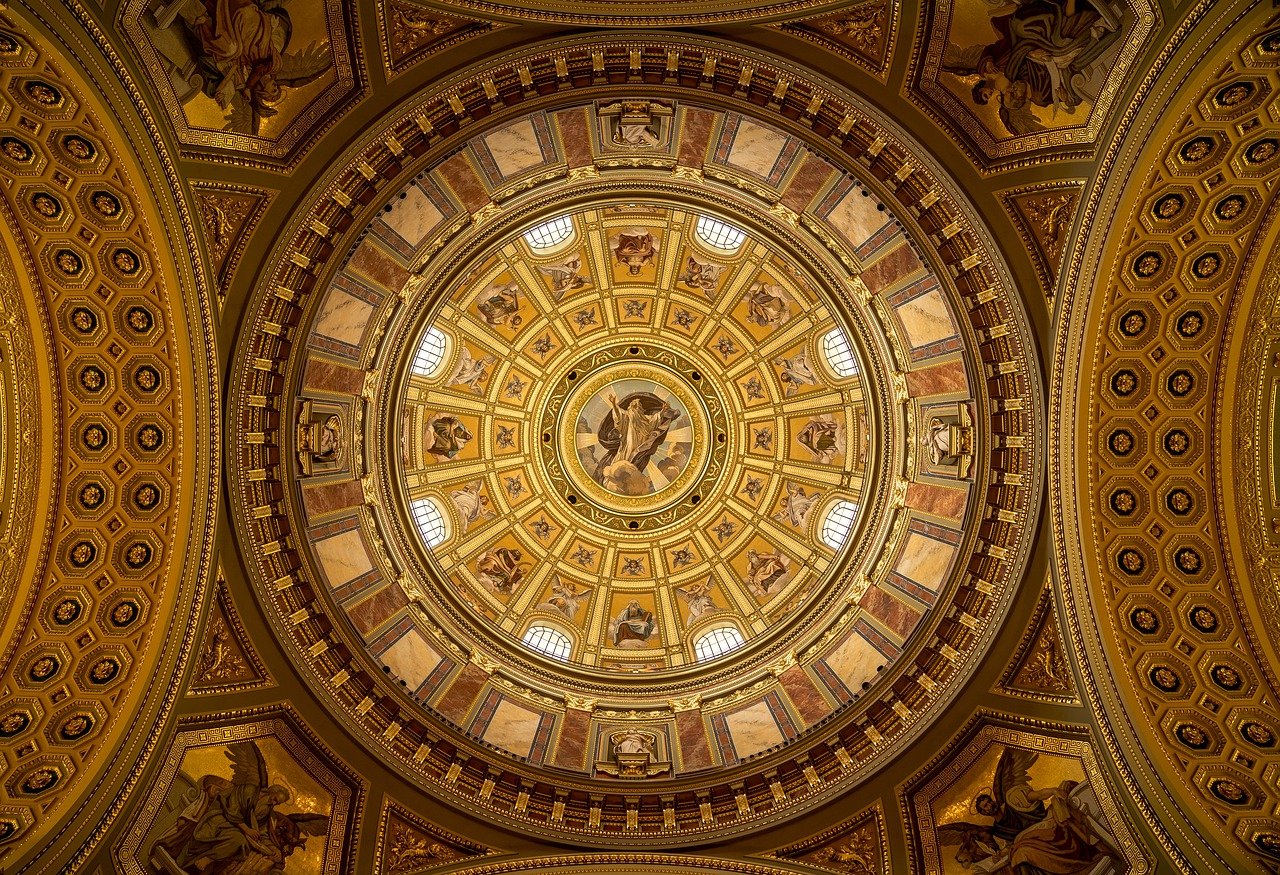Author: Erlang Shen
-
The Crocodile Deity Sobek The deity Sobek, often recognized for his distinct appearance, is a prominent figure within the Egyptian pantheon. Represented either as a man with a crocodile’s head or as a full crocodile, Sobek’s influence was closely tied to the Nile River. According to one legend, the river itself was formed from his…
-
Zeus, the foremost god in ancient Greek mythology, occupied a predominant role as a deity of the sky and weather. His identity closely parallels that of the Roman god Jupiter. The etymology of his name may derive from the ancient Hindu deity Dyaus, known from the sacred texts of the Rigveda. Revered as the orchestrator…
-
Aphrodite, the Olympian goddess of love and beauty, represents the essence of attraction and desire. Often depicted as a stunning woman in classical art, she is frequently accompanied by Eros, the winged deity of love. Key symbols associated with her include the dove, an apple, a scalloped shell, and a mirror, with many works of…
-
Hieroglyphic writing is a system that utilizes visual characters, often in the form of images. These symbols, termed hieroglyphs, can be interpreted as direct images, representations of objects, or phonetic sounds. The term “hieroglyphic,” derived from the Greek word meaning “sacred carving,” first appeared in the texts of Diodorus Siculus in the 1st century BCE.…
-
The Enigmatic Goddess Clíodhna Among the captivating figures of Irish mythology, Goddess Clíodhna stands out uniquely, ensnaring one’s imagination. Celebrated as the most stunning woman in the world, Clíodhna is revered as a deity of love and holds the title of Queen of the Banshees in Ireland. Her legend is particularly significant in South Munster,…
-
Amun, known also as Amon, Ammon, Amen, and Amun-Ra, stands as a pivotal deity in ancient Egyptian mythology, representing the sun and air. Emerging prominently during the New Kingdom period (around 1570-1069 BCE) in Thebes, Amun’s worship became deeply entrenched in the cultural and religious life of Egypt, proving to be one of the most…
-
In Greek mythology, Cronus, also referred to as Kronos, is considered a Titan and the youngest offspring of Uranus (the sky) and Gaia (the earth). He famously ousted Uranus to ascend as the world’s inaugural king, reigning alongside his fellow Titans. Cronus entered into marriage with his sister, Rhea, but ultimately faced insurrection from his…
-
Aker, alternatively referred to as Akeru, ranks among the ancient Egyptian deities symbolizing the earth. Historical accounts suggest that his veneration predates that of other recognized earth gods like Geb. Aker embodied the divine essence of the horizon and served as the keeper of the eastern and western horizons in the afterlife. It was Aker’s…
-
Ancient Egyptian Religion: An Overview of Beliefs and Practices The religion of ancient Egypt spans a vast timeline from the predynastic era (4th millennium BCE) until the early centuries CE when traditional cultural practices began to fade. Egyptian beliefs and rituals were deeply woven into the fabric of society after around 3000 BCE. While many…
-
The Enigmatic Goddess Clíodhna in Irish Folklore Among the captivating figures within Irish mythology, Goddess Clíodhna particularly stands out. Revered as the epitome of beauty, she embodies love and reigns as the Queen of the Banshees in Ireland. Clíodhna is recognized as a formidable Banshee, with her narrative deeply interwoven in the folklore of South…








